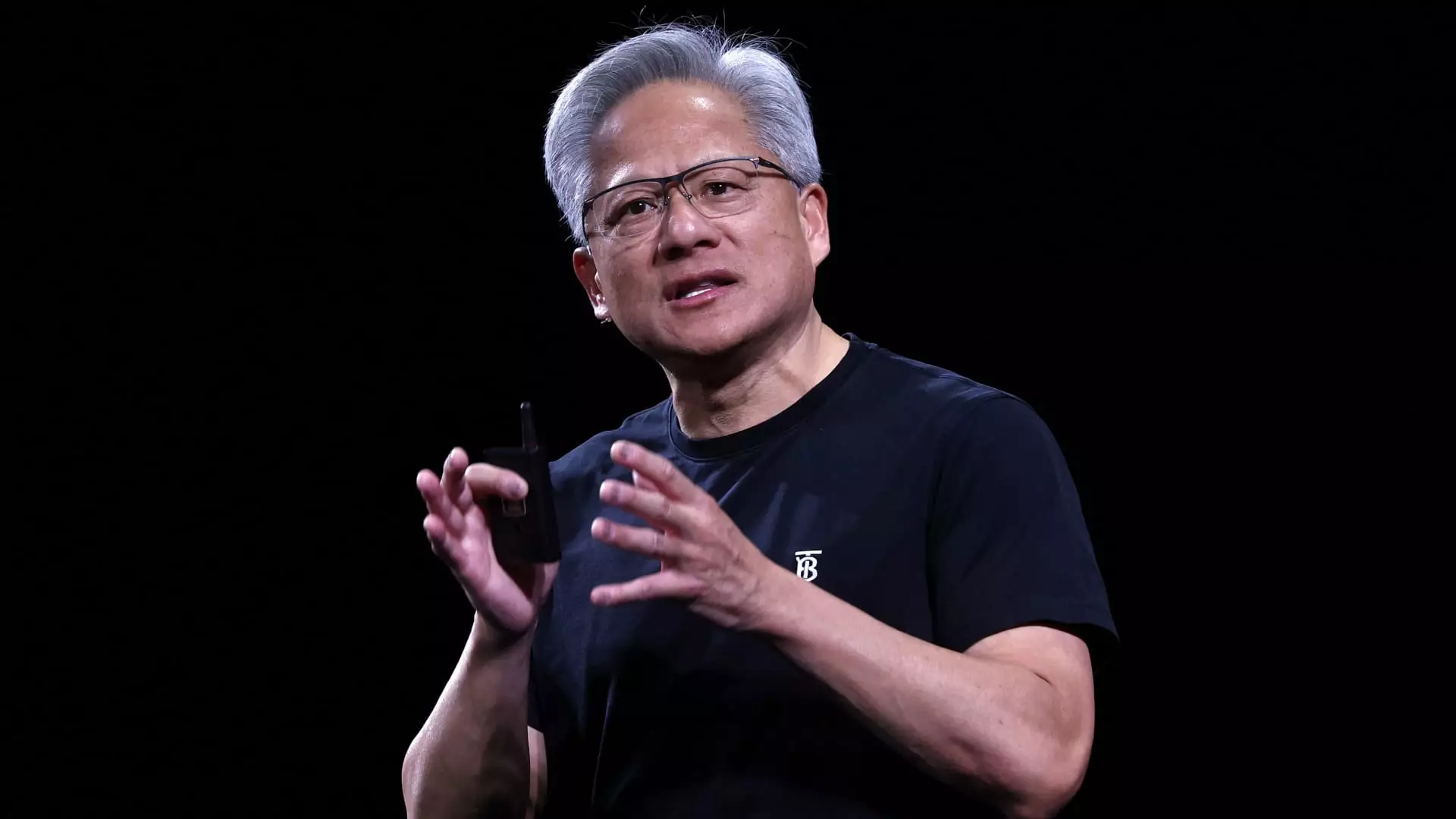Nvidia’s recent stock performance has been nothing short of breathtaking. Climbing for five consecutive sessions, its shares propelled the chipmaker back into the realm of tech royalty, surpassing giants like Microsoft and Apple to reach an eye-watering market capitalization of approximately $3.8 trillion. This rebound, marked by a stunning 66% increase since early April lows, signals investor confidence in the company’s dominance, especially in the artificial intelligence (AI) semiconductor niche. Yet, such an astronomical valuation carries risk, and blind enthusiasm can lead to dangerously inflated expectations.
Geopolitical Tensions Shadow a Bright Future
Despite this growth, Nvidia’s future is entangled in complex geopolitical realities, particularly concerning China. The chipmaker’s delicate dance with U.S. export controls—instated under both the Trump and Biden administrations—has introduced severe constraints. The requirement for export licenses to sell critical components like the H20 processors to China threatens to choke off access to a massive $50 billion market. CEO Jensen Huang’s concerns about a “grace period” highlight just how abruptly these regulatory shifts can shake corporate strategies. This is a clear example of how governments, even under seemingly moderate administrations, can impose hard-handed policies that disrupt global supply chains and endanger innovation.
Robotics: The Next Frontier or Wishful Thinking?
Huang’s enthusiasm for robotics as Nvidia’s “biggest opportunity” after AI sounds promising but deserves critical scrutiny. Robotics currently constitutes a scant 1% of Nvidia’s revenue, a modest foothold compared to the AI chips powering cloud computing and data centers. While the vision of billions of robots and autonomous vehicles powered by Nvidia is compelling, it remains a distant horizon, laden with technological, regulatory, and infrastructural obstacles. The company’s bullish projections may overestimate how quickly these futuristic applications will materialize into meaningful revenue streams.
Market Euphoria Versus Pragmatic Investment
The projections from analysts suggesting Nvidia—and Microsoft—will soon break into the $4 trillion and eventually $5 trillion club heighten concerns about market exuberance. In an era where tech valuations can swiftly pivot due to regulatory shifts or technological disruptions, investors must resist the temptation to follow hype without sober assessment. Nvidia’s stunning runs should be appreciated for their achievements but not taken as guarantees of perpetual growth. Overvalued stocks are vulnerable, and the combination of geopolitical risks and speculative optimism creates a volatile cocktail.
Balancing Innovation with Realism
Nvidia stands at a fascinating inflection point: it leads the AI chip industry with undeniable technological prowess while navigating a minefield of political and economic challenges. The company’s trajectory will illustrate how cutting-edge innovation can both thrive and be constrained by national interests and market sentiment. For investors and observers inclined toward center-right liberalism, Nvidia exemplifies the tension between free-market dynamism and the regulatory realities that protect national interests but sometimes stifle competitive advantage. A more nuanced approach—celebrating innovation but demanding accountability and strategic foresight—is essential in appreciating Nvidia’s evolving saga.

